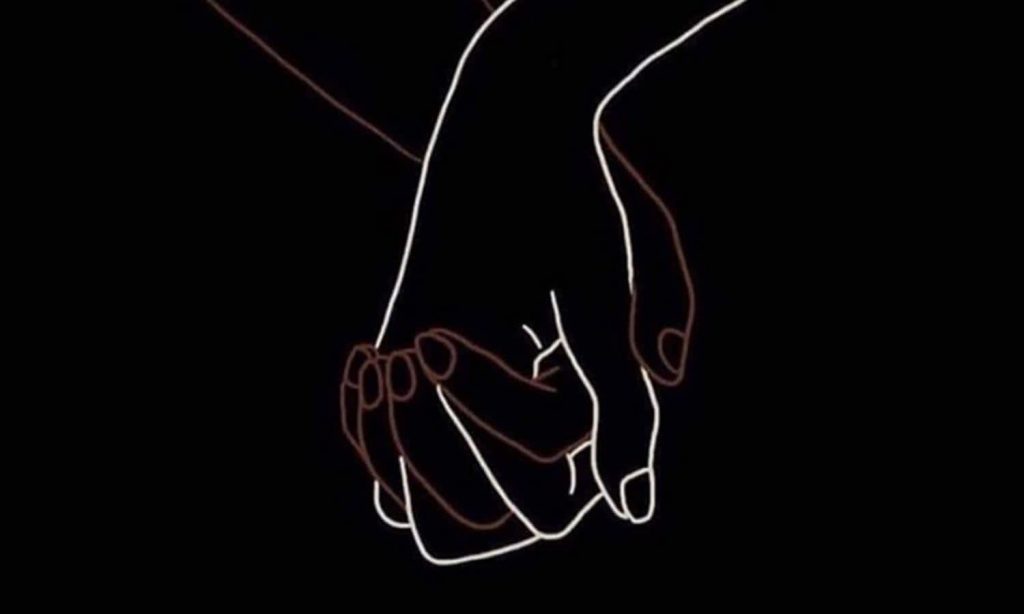Over last 24 hours, Instagram feeds have turned into a stream of black squares. Users are posting as a sign of solidarity in support of the Black Lives Matter movement. As the movement kicked off, the hashtag #blacklivesmatter was being used. What should have been used is #blackouttuesday. It’s a perfect example of how quickly social media can spiral.
The movement spread fast, and the conversation around posting the black square and whether it’s actually helpful, is continuing to evolve. One view is that the black square is blocking productive conversations and the flow of information across the platform by using the #blacklivesmatter hashtag — a hashtag that should be used (and was being used) as a valuable and important resource for education and awareness.
Here, we look at the evolution of the black square post movement, how it started, how it evolved, and what we can do now that we’ve posted our black squares. To be clear, we posted the black square on our Instagram account on Tuesday June 2, but it’s what we do next that’s most important.
#TheShowMustBePaused: The Music Industry’s Plan for George Floyd
On Tuesday June 2, the music industry observed a social media “blackout” day paying tribute to the unjust death of George Floyd while in police custody.
Major music companies around the world, including the local companies and radio stations, aimed to bring the $19 billion USD industry to a stop.
The demonstration was started by music executives Jamila Thomas and Brianna Agyemang, who spread the word with a hashtag — #theshowmustbepaused.
Event organisers Live Nation, chose to “pull the plug” on its operations, while also closing its offices around the world, with TV channels such as MTV and VH1 going dark.
Spotify also showed its support by adding 8 minutes and 46 seconds of silence to select playlists and podcasts — the amount of time Derek Chauvin pressed his knee between Floyd’s neck and head.
Among the first group of artists to partake were Billie Eilish, Qunicy Jones and The Rolling Stones.
What started as a show of solidarity in the music industry was quickly followed by a movement that took over social media, where users posted a black square to their grid.
Blackout Tuesday Overtakes Instagram, But at a Cost
Once the movement caught on, the #blackouttuesday and #blacklivesmatter hashtags dominated social media.
While the premise was powerful and well-intended, it began to be seen as problematic.
Some called the project a “major label record executive white guilt day”, while others simply urged social media users to be smart about the hashtags they were using.
It quickly became apparent that posting the black square alongside #blacklivesmatter would block up the flow of useful and important information and updates.
Twitter user DeDe Ademabua shared a Tweet, showing what happens if you add #blacklivesmatter to the black square post.
HERE'S WHAT HAPPENS IF YOU ADD THE BLACKLIVESMATTER HASHTAG TO THAT BLACK SQUARE. PLEASE DON'T DO IT. RETWEET THIS!!!! PEOPLE NEED TO KNOW ABOUT THIS pic.twitter.com/gRVnP9PGLB
— dede ademabua (@IAMNOBODI) June 2, 2020
Organisers Thomas and Agyemang took to the platform to reiterate what the purpose of what the movement actually was.
“The purpose was to never mute ourselves today. The purpose is to disrupt the work week because it should not be business as usual. Use this day to ignore your day-to-day duties and come up with plans for change.
“Continue to share any resources you see fit for us to make a change. Rest if you must, but don’t quit the fight.”
So You’ve Posted a Black Square — What Happens Next?
And again for the record, we’re right here too. We posted, but it’s the work we do next that counts.
Actress Tabitha Brown took to her Instagram to share what she believes will help those who are anti-racist ally’s to support the community moving forward.
“To my non-Black community posting squares for blackout Tuesday, here are the actions that should follow it,” she wrote, followed by:
— Ask yourself how many black businesses you support
— Call out your colleagues when they say something racist
— Call out your friends when they say something racist
— Call out your family when they say something racist
— If you haven’t spoken out at all during this last week, ask yourself why
— If you feel uncomfortable using your platform to stand up for justice, ask yourself why
— If you feel comfortable posting about the women’s march, the climate march, but not about justice for black lives, ask yourself why
— Look around your office and count the number of black colleagues you see. Don’t substitute women for visible minorities by saying: “we embrace diversity, the majority of our employees are female.” It’s not the same thing.
— Take a moment and reflect on your childhood/high school days and think about all the time that racism was apparent, joked about, a part of everyday life. Sit with that.
—When you talk about how terrible it is that people are treated differently based on their skin, recognise that this acknowledgement means people can be policed differently based on the colour of their skin.
Protests in Australia
Sydney
Stop All Black Deaths in Custody: Vigil for George Floyd
When: 3-5 PM, Saturday, June 6
Melbourne
Stop Black Deaths in Custody – Justice for George Floyd #BLM
When: 2-5 PM, Saturday, June 6
Adelaide
Solidarity with Minneapolis! Justice for George Floyd
When: 12-1:30 PM, Saturday, June 6
Brisbane
When: 12 PM, Saturday, June 6
Black Lives Matter – Stop Black Deaths In Custody Meanjin (BNE)
When: 1-5 PM, Saturday, June 6
Canberra
Black Lives Matter Peaceful Protest. Justice for George Floyd!
When: 3 PM, Saturday, June 6
Newcastle
Stop Black Deaths in Custody – Justice for George Floyd #BLM
When: 2-5 PM, Saturday, June 6
Byron Bay
When: 2 PM, Saturday, June 6
—
Read more stories from TheLatch— and follow us on Facebook.

